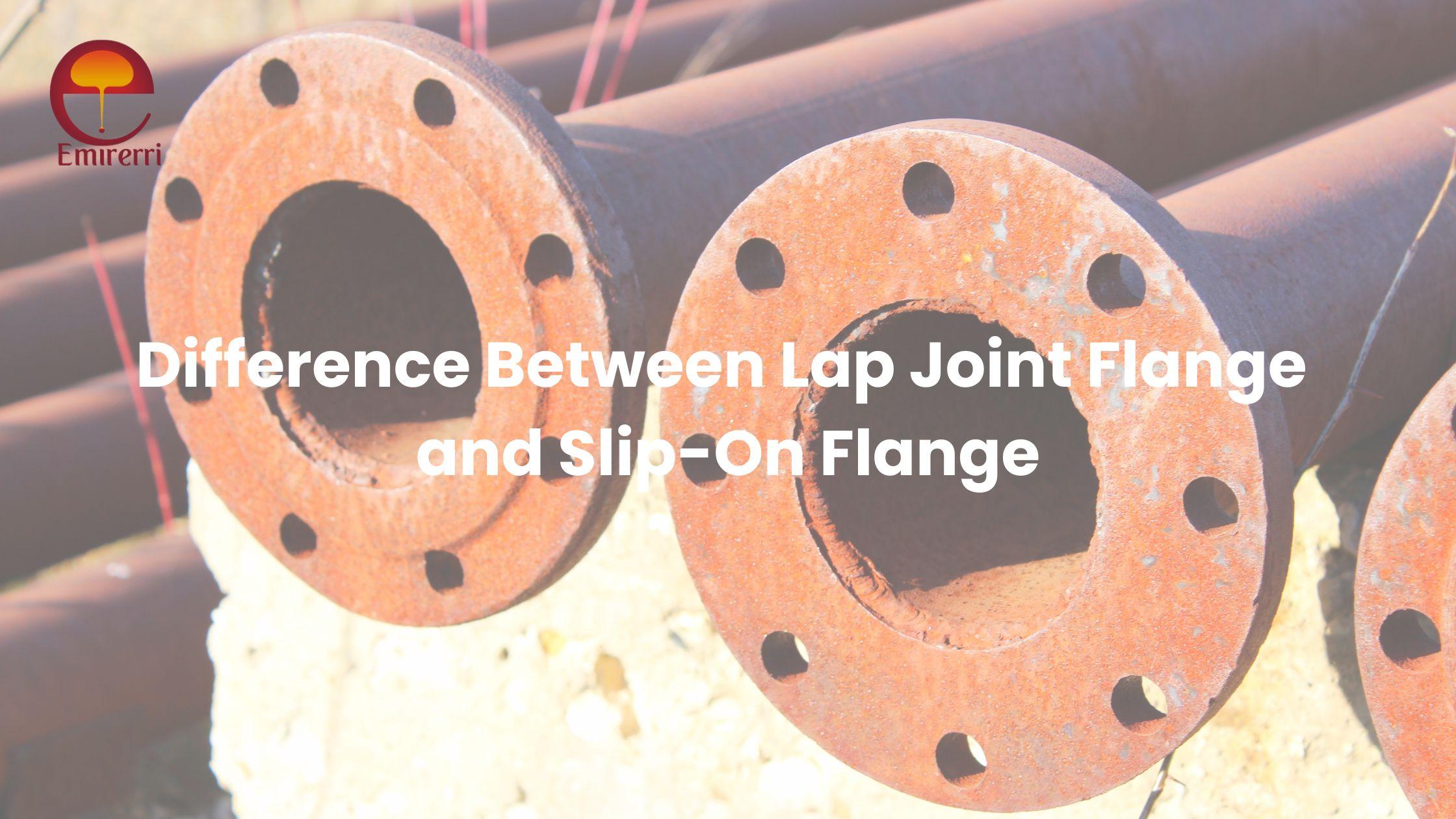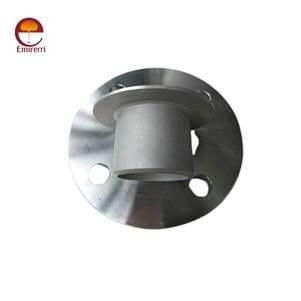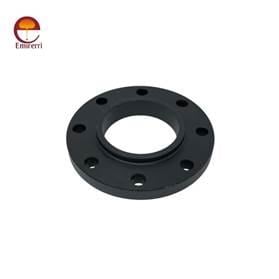Difference Between Lap Joint Flange and Slip-On Flange

Flanges are essential components in piping systems, ensuring secure connections between pipes, valves, and other equipment. Among the various flange types available, Lap Joint Flange and Slip-On Flange are commonly used due to their versatility and ease of installation. However, they have distinct features and applications. This blog explores their differences to help you choose the right flange for your needs.
What is a Lap Joint Flange?
A Lap Joint Flange (LJ Flange) is a two-piece assembly consisting of a stub end and a loose backing flange. The stub end is welded to the pipe, while the backing flange remains free, allowing for easy alignment during assembly.
Stub End and Lap Joint Flange

Key Features:
· Consists of two components: a stub end and a backing flange.
· The flange is not welded to the pipe, making it reusable.
· Allows rotational alignment, simplifying bolt-hole positioning.
· Ideal for applications requiring frequent disassembly.
· Typically used in low-pressure and non-critical environments.
Advantages:
· Ease of Alignment: The free-moving backing flange simplifies bolt-hole matching.
· Reusability: The backing flange can be reused with different stub ends.
· Cost-Effective for Large Piping Systems: Especially for materials like stainless steel or exotic alloys, where only the stub end needs to be made of expensive material, while the backing flange can be of a lower-cost material.
Common Applications:
· Piping systems requiring frequent inspection and maintenance.
· Large-diameter or high-cost material pipelines.
· Water treatment plants, food processing, and chemical industries.
What is a Slip-On Flange?
A Slip-On Flange (SO Flange) is a single-piece flange that slides over the pipe and is then welded both inside and outside to provide a secure connection.

Key Features:
· Single-piece design that fits over the pipe.
· Requires two welds: an inside fillet weld and an outside fillet weld.
· Used in moderate-pressure applications.
· Easier to install than weld neck flanges but less robust.
Advantages:
· Ease of Installation: Requires less precision in pipe cutting.
· Lower Initial Cost: Compared to weld neck flanges, slip-on flanges are more economical.
· Good for Low to Medium Pressure Applications: Suitable for non-critical systems where welding strength is sufficient.
Common Applications:
· Low-pressure piping systems.
· Fire water systems, HVAC, and cooling water lines.
· Chemical and petrochemical industries.
Key Differences Between Lap Joint Flange and Slip-On Flange
· Design: A Lap Joint Flange consists of two parts—a stub end and a backing flange—while a Slip-On Flange is a single-piece component with a bore that allows it to slide over the pipe.
· Welding: The Lap Joint Flange itself is not welded; only the stub end is welded to the pipe. In contrast, a Slip-On Flange is fillet welded both inside and outside to secure it in place.
· Movement: A Lap Joint Flange can rotate around the stub end, making it easier to align bolt holes. A Slip-On Flange, once welded, remains fixed.
· Installation Cost: Lap Joint Flanges tend to be more expensive due to the additional stub end component, whereas Slip-On Flanges are more cost-effective.
· Application: Lap Joint Flanges are ideal for piping systems that require frequent disassembly and maintenance. Slip-On Flanges are commonly used in low-pressure applications where easy installation is a priority.
· Strength: Slip-On Flanges offer greater strength due to direct welding, while Lap Joint Flanges are weaker because they rely on the stub end for connection.
· Material Compatibility: Lap Joint Flanges allow the use of different materials for the pipe and the flange, which can be beneficial in corrosive environments. Slip-On Flanges are usually made of the same material as the pipe.
Which Flange Should You Choose?
The choice between Lap Joint Flange and Slip-On Flange depends on your specific application needs:
· If your system requires frequent disassembly and uses high-cost materials, Lap Joint Flange is the better option.
· If you need a simple, cost-effective flange for moderate-pressure applications, Slip-On Flange is the ideal choice.
Conclusion
Both Lap Joint Flange and Slip-On Flange have their advantages and applications. Understanding their differences helps in selecting the most appropriate flange for your piping system. Whether prioritizing cost, alignment ease, or pressure handling, choosing the right flange ensures durability and efficiency in your operations.
For high-quality Lap Joint Flanges and Slip-On Flanges, contact Emirerri Steel—your trusted supplier for premium piping solutions!
- Art
- Causes
- Crafts
- Dance
- Drinks
- Film
- Fitness
- Food
- Oyunlar
- Gardening
- Health
- Home
- Literature
- Music
- Networking
- Other
- Party
- Religion
- Shopping
- Sports
- Theater
- Wellness


